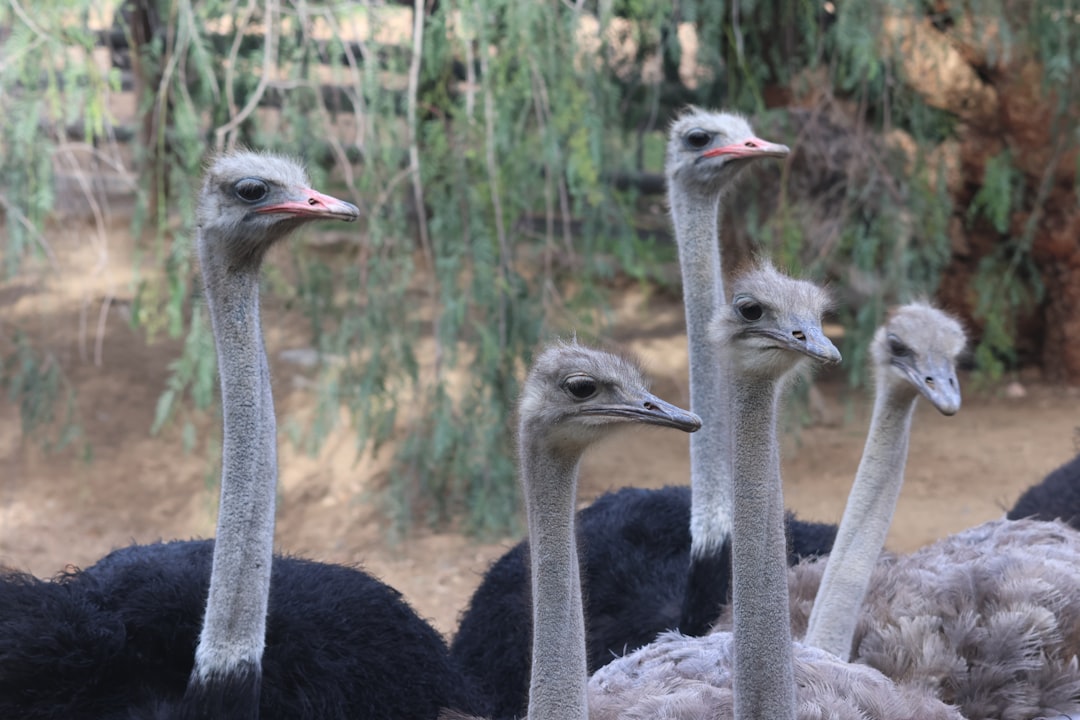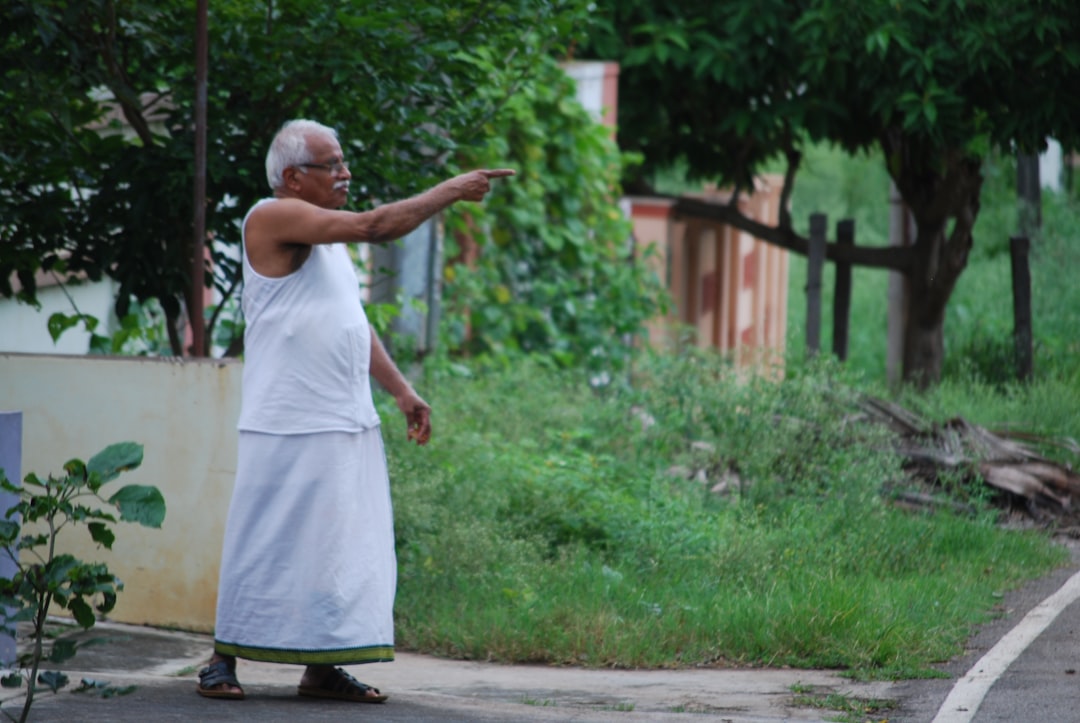Cfia Takes Steps To Safeguard — here’s what’s new, why it matters, and what to watch next.
CFIA Takes Steps to Safeguard B.C. Ostriches Amid Avian Flu Concerns
At a Glance
The Canadian Food Inspection Agency (CFIA) is closely monitoring the situation concerning ostriches in Edgewood, British Columbia, amid rising concerns over avian influenza. The agency has clarified its policies regarding the management of exposed birds, emphasizing that there will be no post-detection testing of individual ostriches to allow for exclusion from depopulation. This measure aims to contain the spread of the disease and protect both domestic and wild avian populations.
Background & Timeline
The emergence of avian influenza, particularly the highly pathogenic strain H5N1, has posed serious risks to bird populations across North America. In recent months, outbreaks have been reported across several provinces, leading to heightened vigilance from agricultural and wildlife agencies.
In Edgewood, a small town located in the picturesque Columbia-Shuswap Regional District, a flock of ostriches was identified as being potentially exposed to avian flu. The CFIA’s involvement began shortly after the detection of the virus in surrounding areas.
- May 2025: Reports of avian flu cases in nearby regions prompt CFIA to initiate surveillance.
- September 2025: CFIA announces the presence of avian influenza in the vicinity of ostrich farms in Edgewood.
- September 26, 2025: CFIA releases a statement outlining their testing and depopulation protocols, stressing that exposed birds will not undergo individual testing.
The CFIA’s focus is on preventing outbreaks from spreading to other farms and wild bird populations. According to the agency, the decision not to test individual birds stems from the need for swift action to mitigate risks associated with disease transmission.
What’s New
In its recent communication, the CFIA explained that once avian influenza is detected in a flock, the standard operating procedure involves depopulation of the affected birds to curb the disease’s spread. The agency has clarified that there will be no post-detection testing of exposed birds, meaning that all ostriches that may have been in contact with infected birds will be culled.
This approach has raised concerns among animal welfare advocates, as it does not allow for the possibility of individual birds being spared based on health assessments. The CFIA justified its stance by stating that the risks associated with allowing potentially infected birds to remain alive outweigh the benefits of individual testing.
In addition to culling, the CFIA is implementing strict biosecurity measures in the region. These include enhanced surveillance, quarantine protocols for affected farms, and restrictions on movement for both domestic and wild bird species.
Why it Matters
The implications of avian influenza outbreaks extend beyond the immediate health of birds; they also impact agriculture, economies, and public health. For instance, avian flu can result in significant economic losses for poultry farmers, who may face the destruction of their flocks and potential trade restrictions.
Moreover, the avian influenza virus can pose risks to human health, particularly for those who handle infected birds or their droppings. Public health officials have noted that while the risk of transmission to humans is low, it is not negligible. The CFIA’s preventative measures aim to protect not only birds but also the broader community.
The decision to forego individual testing has sparked a discussion about animal welfare. Critics argue that the culling of healthy birds may be ethically questionable, suggesting that more humane alternatives should be explored. However, supporters of the CFIA’s approach emphasize the need for rapid response to prevent wider outbreaks that could have devastating consequences.
What to Watch Next
As the situation unfolds, several key areas warrant attention:
1. Monitoring and Reporting: The CFIA will continue to provide updates on the health of ostrich populations in Edgewood, including the outcomes of their biosecurity measures.
2. Public Response: Animal welfare organizations and the public may respond to the CFIA’s policies, leading to potential advocacy for changes in how avian flu outbreaks are managed.
3. Future Outbreaks: As the migration season approaches, the CFIA and wildlife agencies will be closely monitoring wild bird populations, which could serve as vectors for avian flu transmission.
4. Research Developments: Ongoing research into avian influenza may lead to new protocols for testing and managing exposed birds, potentially reshaping future responses to outbreaks.
FAQ
Q1: What is avian influenza?
A1: Avian influenza, commonly known as bird flu, is an infectious viral disease that primarily affects birds but can infect other species, including humans. The highly pathogenic strains, such as H5N1, can cause severe illness and high mortality rates in avian populations.
Q2: Why is the CFIA culling ostriches?
A2: The CFIA is culling ostriches that may have been exposed to avian influenza as a precautionary measure to prevent the spread of the virus to other birds and to protect public health.
Q3: What does it mean that there will be no post-detection testing?
A3: This means that once avian influenza is detected in a flock, individual birds will not be tested for the virus before culling. All exposed birds will be removed to minimize the risk of further transmission.
Q4: How can avian influenza affect humans?
A4: While the risk of transmission from birds to humans is low, certain strains of the virus can infect humans, particularly those who have close contact with infected birds. Symptoms in humans can range from mild flu-like symptoms to severe respiratory illness.
Q5: What biosecurity measures are being implemented?
A5: The CFIA has implemented measures such as enhanced surveillance, quarantine protocols for affected farms, and restrictions on the movement of domestic and wild birds in the area to prevent the spread of the virus.
Q6: What are the animal welfare concerns associated with culling?
A6: Critics argue that culling healthy birds based on potential exposure to avian influenza raises ethical issues regarding animal welfare, suggesting that alternative humane options should be considered instead of mass depopulation.
—
The actions taken by the CFIA in Edgewood reflect the challenges of managing avian influenza outbreaks, balancing the need for swift public health interventions with concerns for animal welfare. As the situation continues to develop, stakeholders across agricultural, environmental, and public health sectors will be keenly observing the outcomes of these measures.
Sources & Credits: Reporting synthesized from multiple reputable outlets and official releases.
Read our related coverage for more on Cfia Takes Steps To Safeguard.
For context and confirmations, see reputable wires like Reuters or AP News.
Source: Original Source. Reporting synthesized from multiple reputable outlets and official releases.
For deeper analysis on Cfia Takes Steps To Safeguard, explore more reports and explainers on Insurance Rate Expert.













